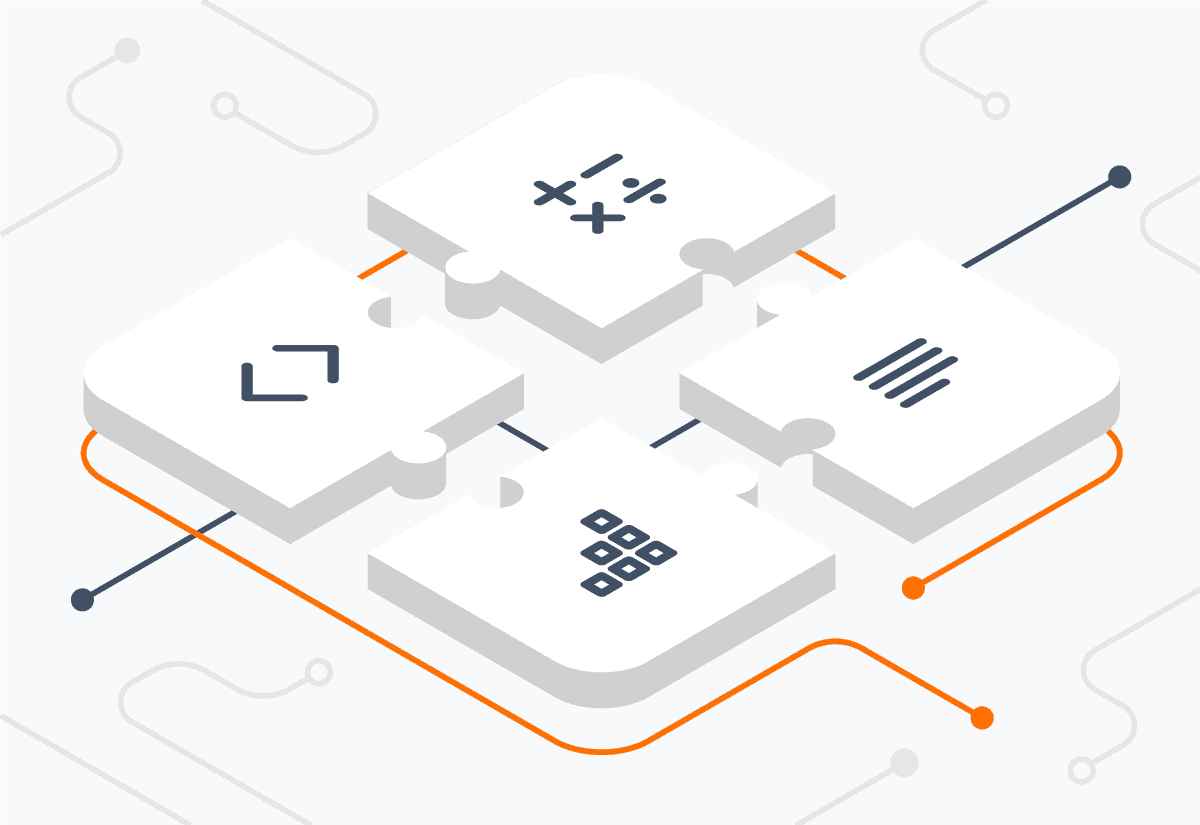TensorFlow 簡介
無論你是新手還是專家,TensorFlow 都能讓你輕鬆建立適用於桌上型電腦、行動裝置、網頁和雲端的機器學習模型。如要開始使用,請參閱下列各節。



適用於行動裝置及邊緣裝置
Run inference with LiteRT on mobile and embedded devices like Android, iOS, Edge TPU, and Raspberry Pi.

端對端機器學習平台
準備及載入資料以獲得成功的機器學習結果
在機器學習的相關工作中,資料可說是最重要的一項因素。 TensorFlow 提供多項資料工具,可協助你大規模整合、清除及預先處理資料:
-
Standard datasets for initial training and validation
-
Highly scalable data pipelines for loading data
-
Preprocessing layers for common input transformations
-
Additionally, responsible AI tools help you uncover and eliminate bias in your data to produce fair, ethical outcomes from your models.
運用 TensorFlow 生態系統建構及微調模型
Explore an entire ecosystem built on the Core framework that streamlines model construction, training, and export. TensorFlow supports distributed training, immediate model iteration and easy debugging with Keras, and much more. Tools like Model Analysis and TensorBoard help you track development and improvement through your model’s lifecycle.
To help you get started, find collections of pre-trained models at TensorFlow Hub from Google and the community, or implementations of state-of-the art research models in the Model Garden. These libraries of high level components allow you to take powerful models, and fine-tune them on new data or customize them to perform new tasks.
在裝置端、瀏覽器端、地端或雲端部署模型
TensorFlow provides robust capabilities to deploy your models on any environment - servers, edge devices, browsers, mobile, microcontrollers, CPUs, GPUs, FPGAs. TensorFlow Serving can run ML models at production scale on the most advanced processors in the world, including Google's custom Tensor Processing Units (TPUs).
If you need to analyze data close to its source to reduce latency and improve data privacy, the LiteRT framework lets you run models on mobile devices, edge computing devices, and even microcontrollers, and the TensorFlow.js framework lets you run machine learning with just a web browser.
在 Colab 中試用
使用 TensorFlow Serving 提供模型針對可用於實際工作環境的機器學習系統導入機器學習運作
The TensorFlow platform helps you implement best practices for data automation, model tracking, performance monitoring, and model retraining.
Using production-level tools to automate and track model training over the lifetime of a product, service, or business process is critical to success. TFX provides software frameworks and tooling for full MLOps deployments, detecting issues as your data and models evolve over time.
想要拓展你的機器學習知識嗎?
如對機器學習的原則和核心概念有基本瞭解,使用 TensorFlow 會更加得心應手。瞭解並應用機器學習的基礎實務,進而培養技能。

